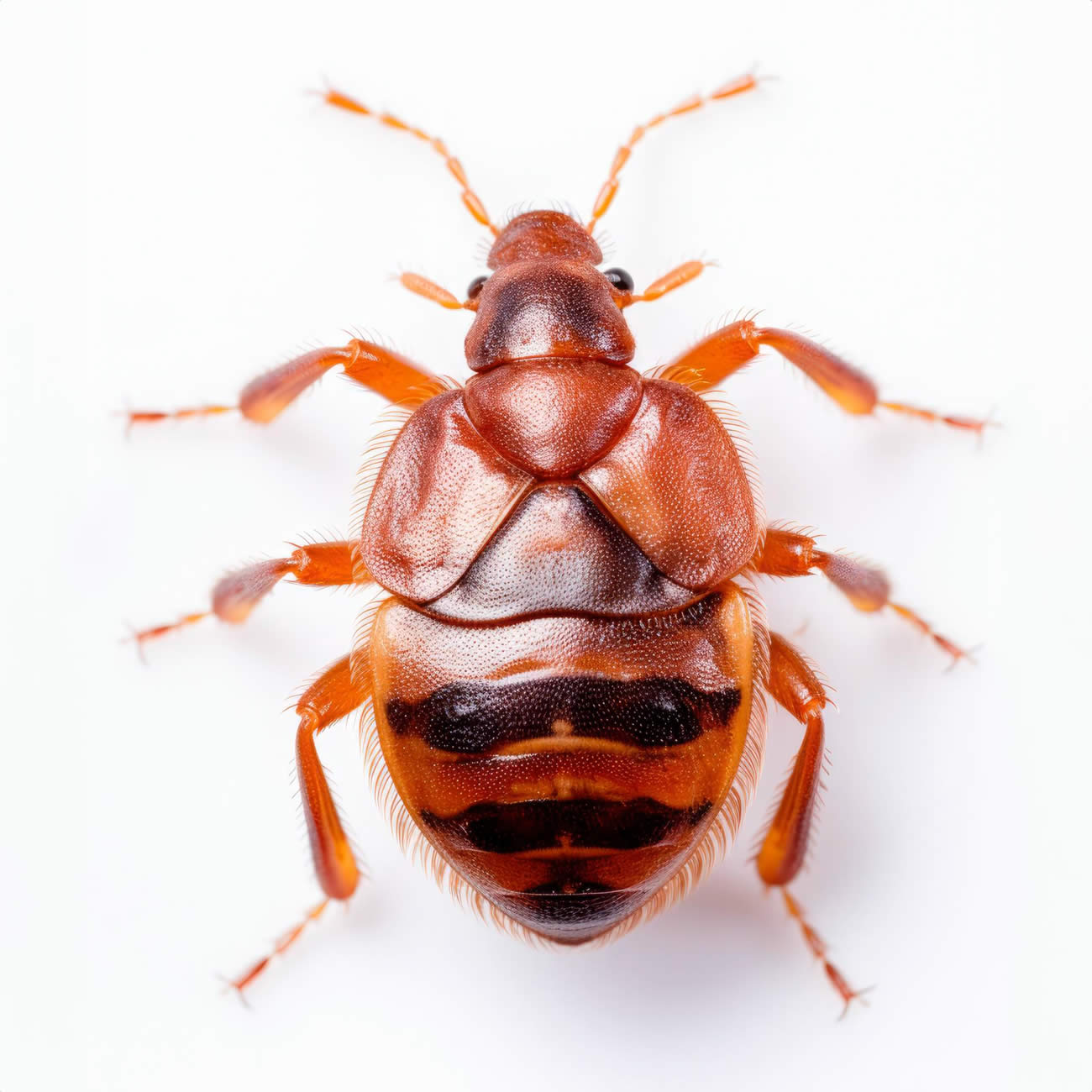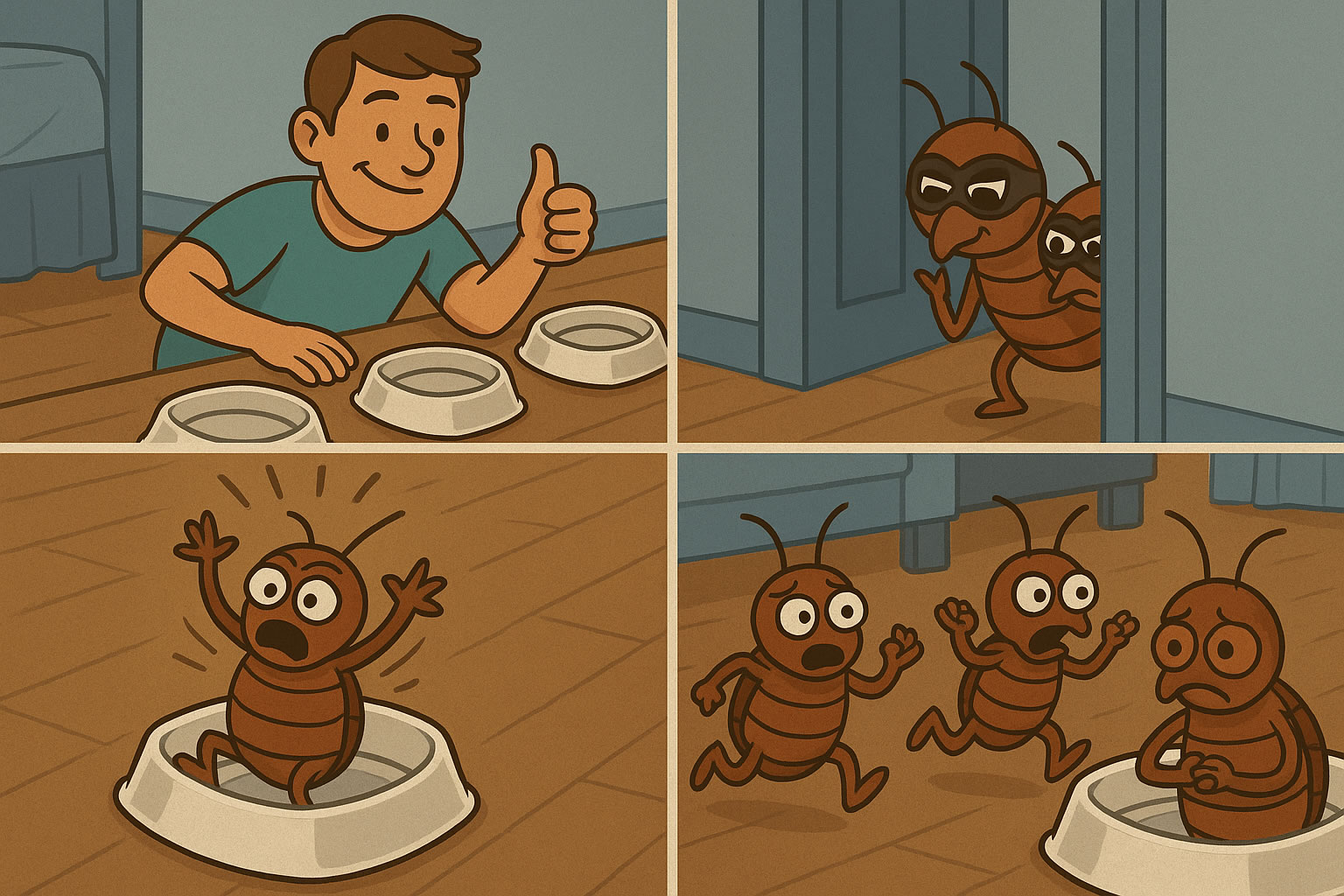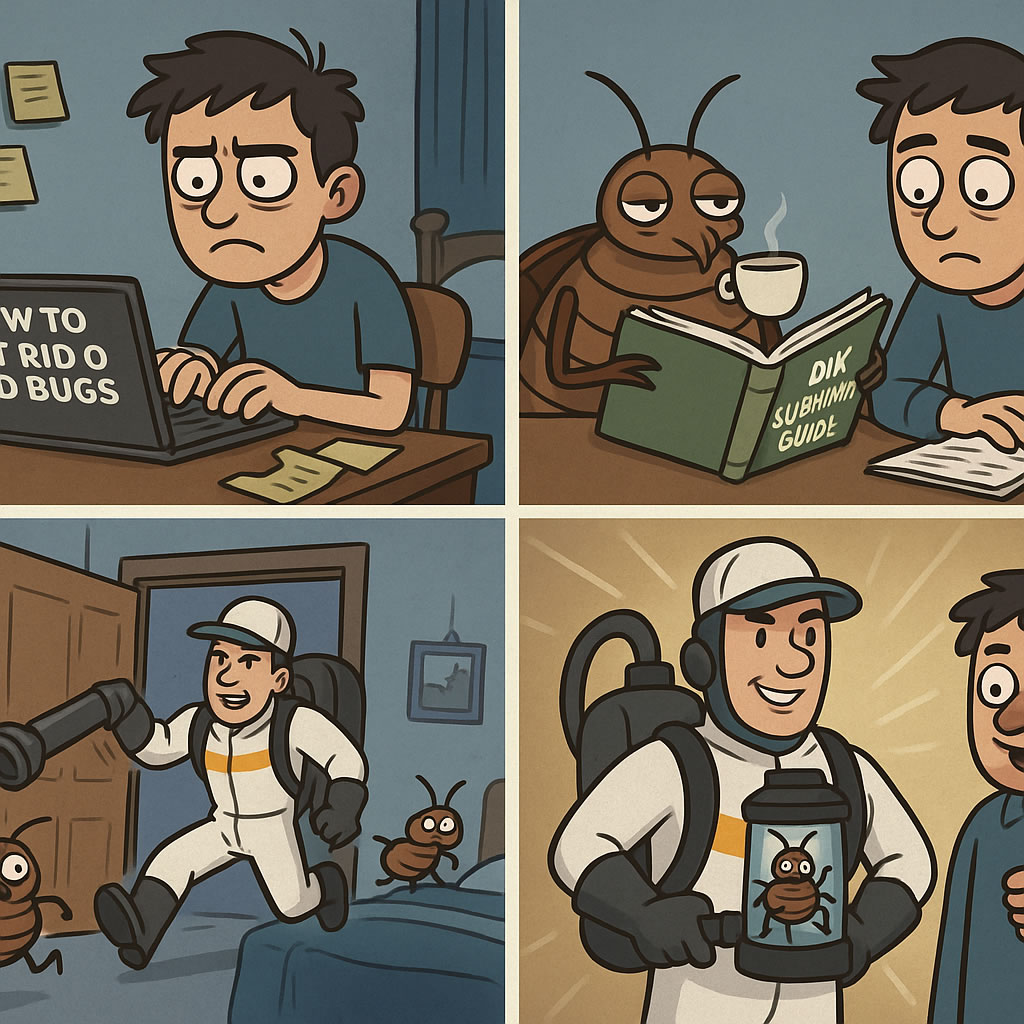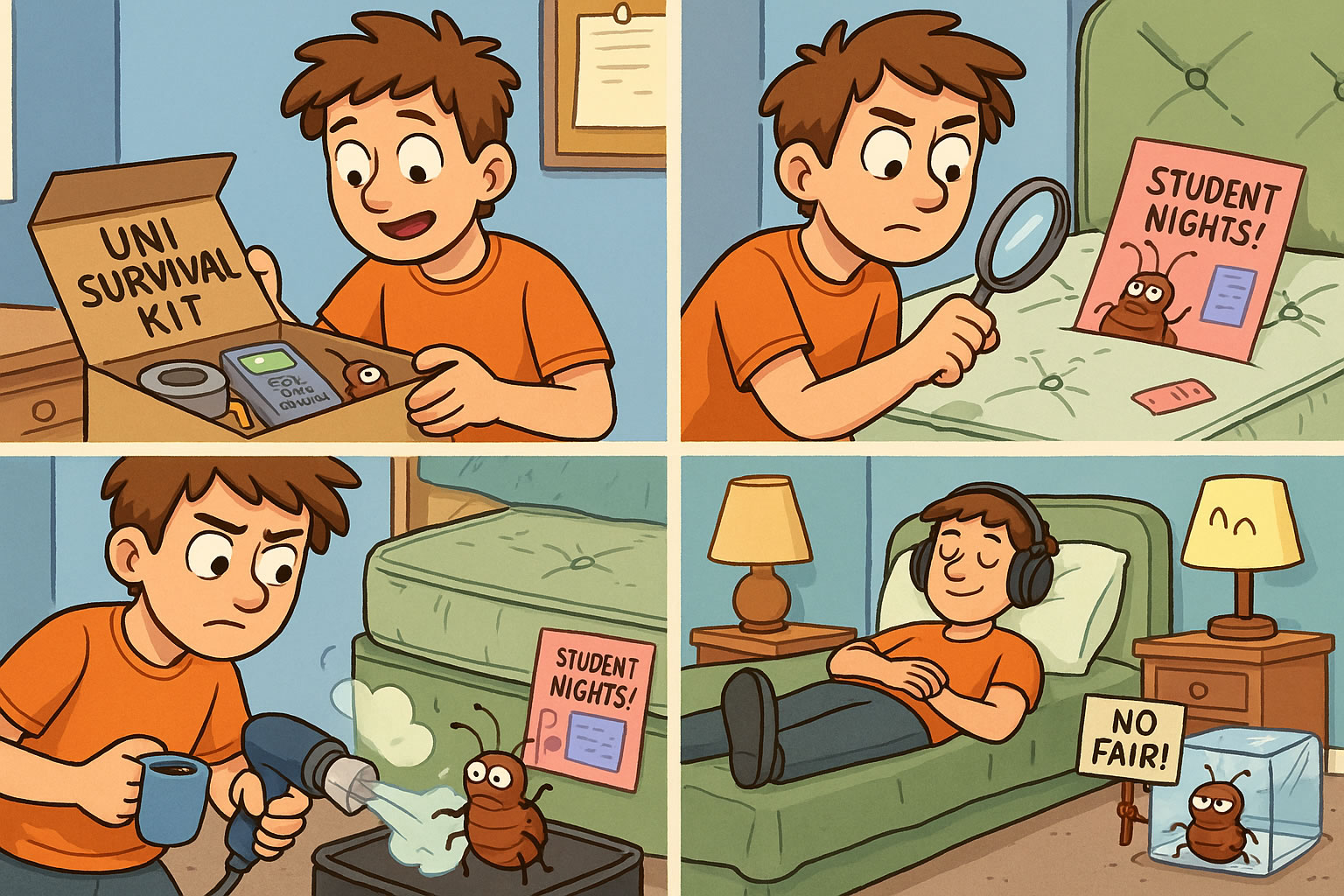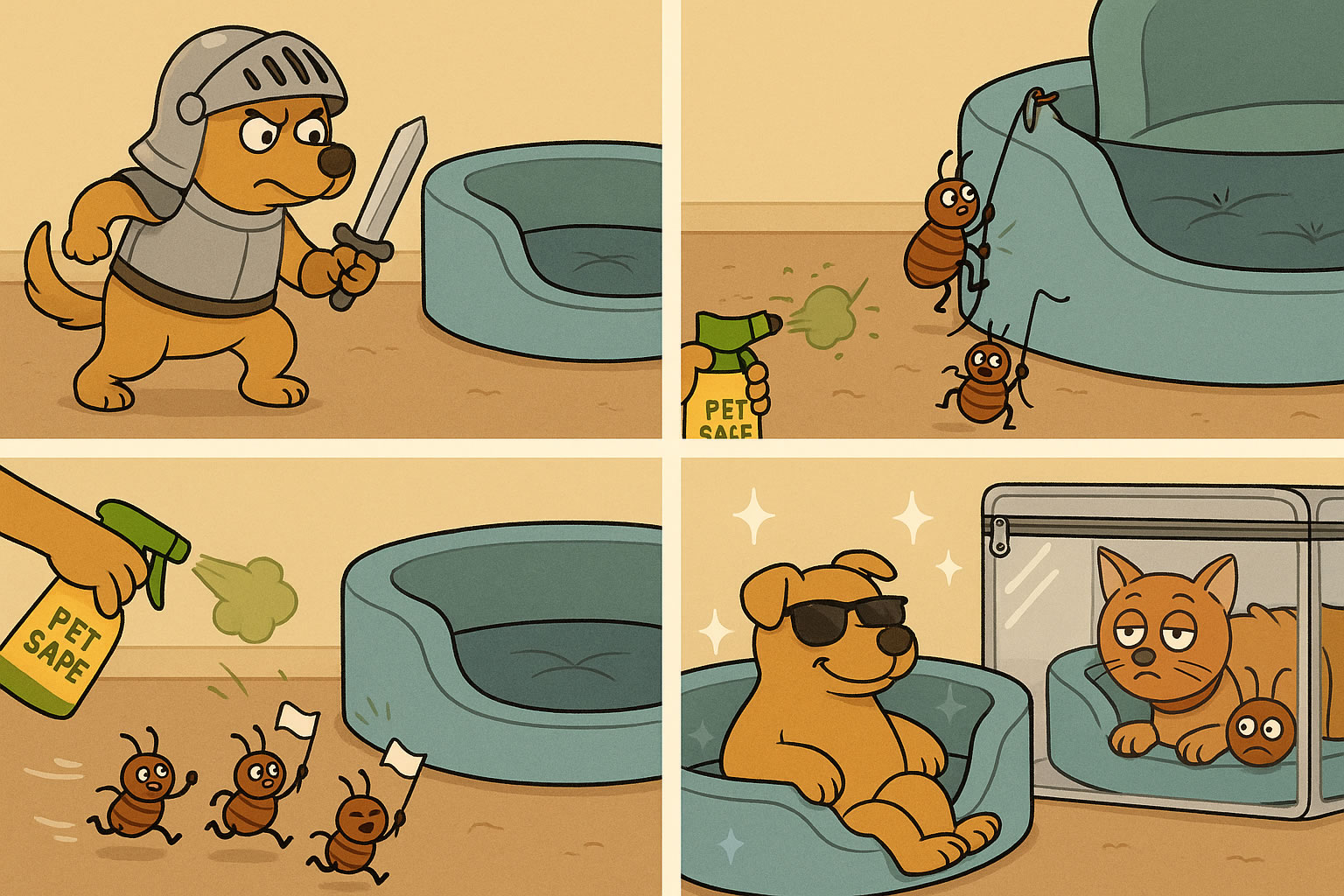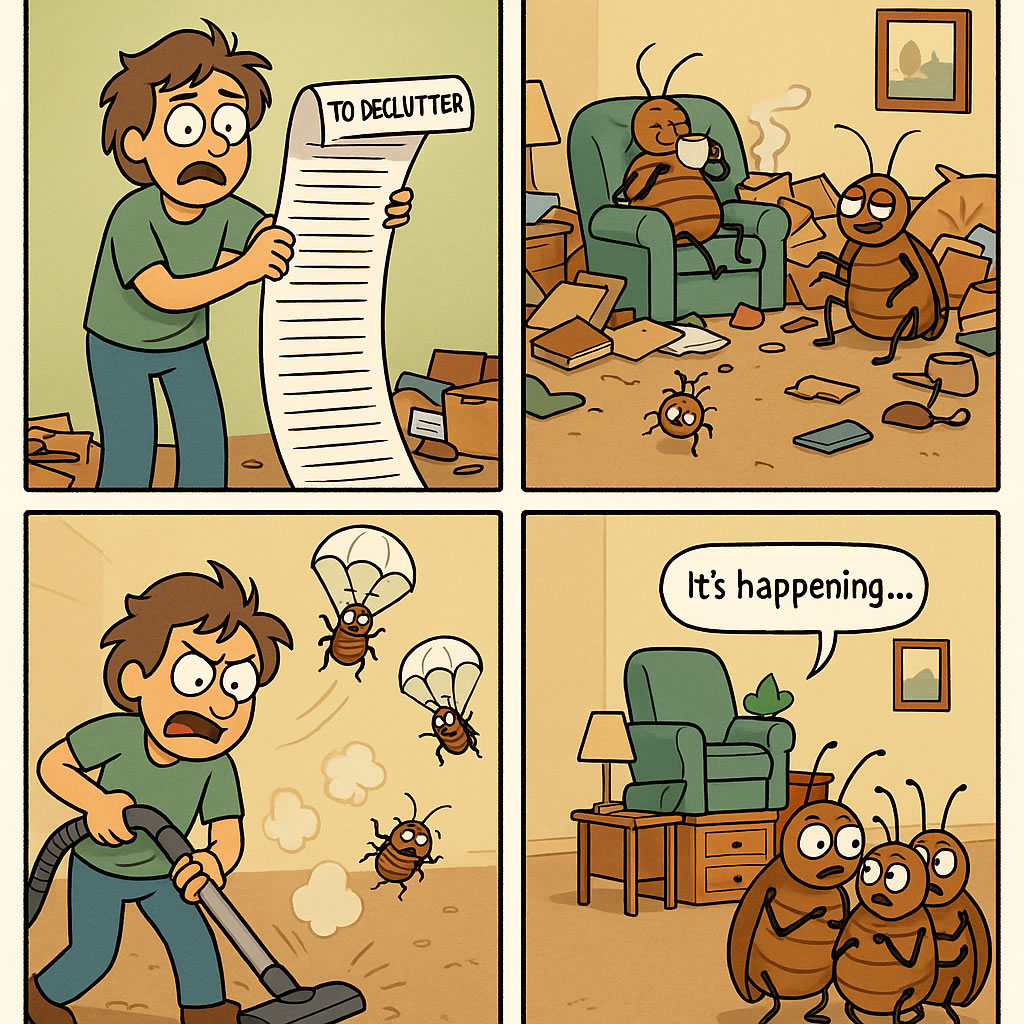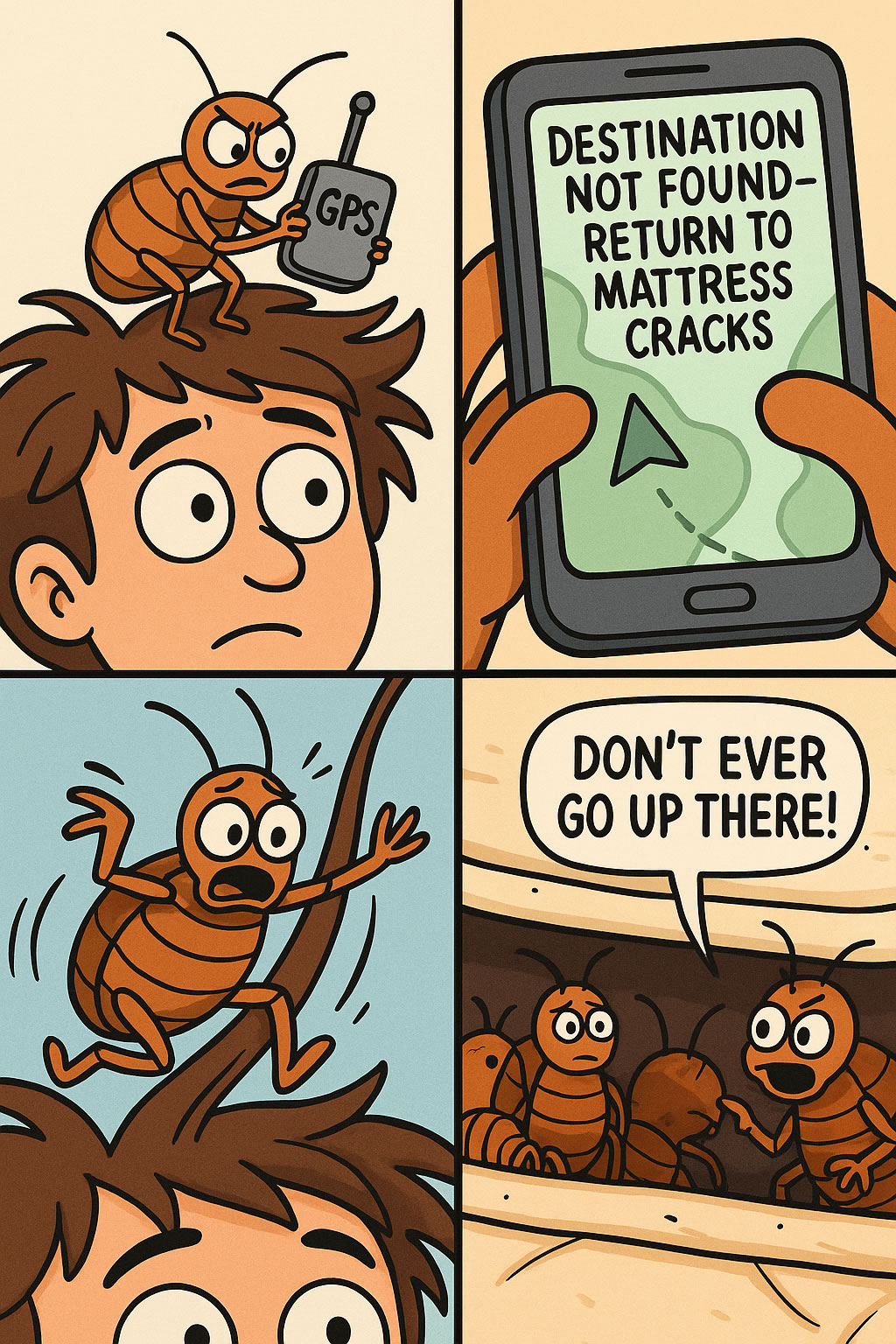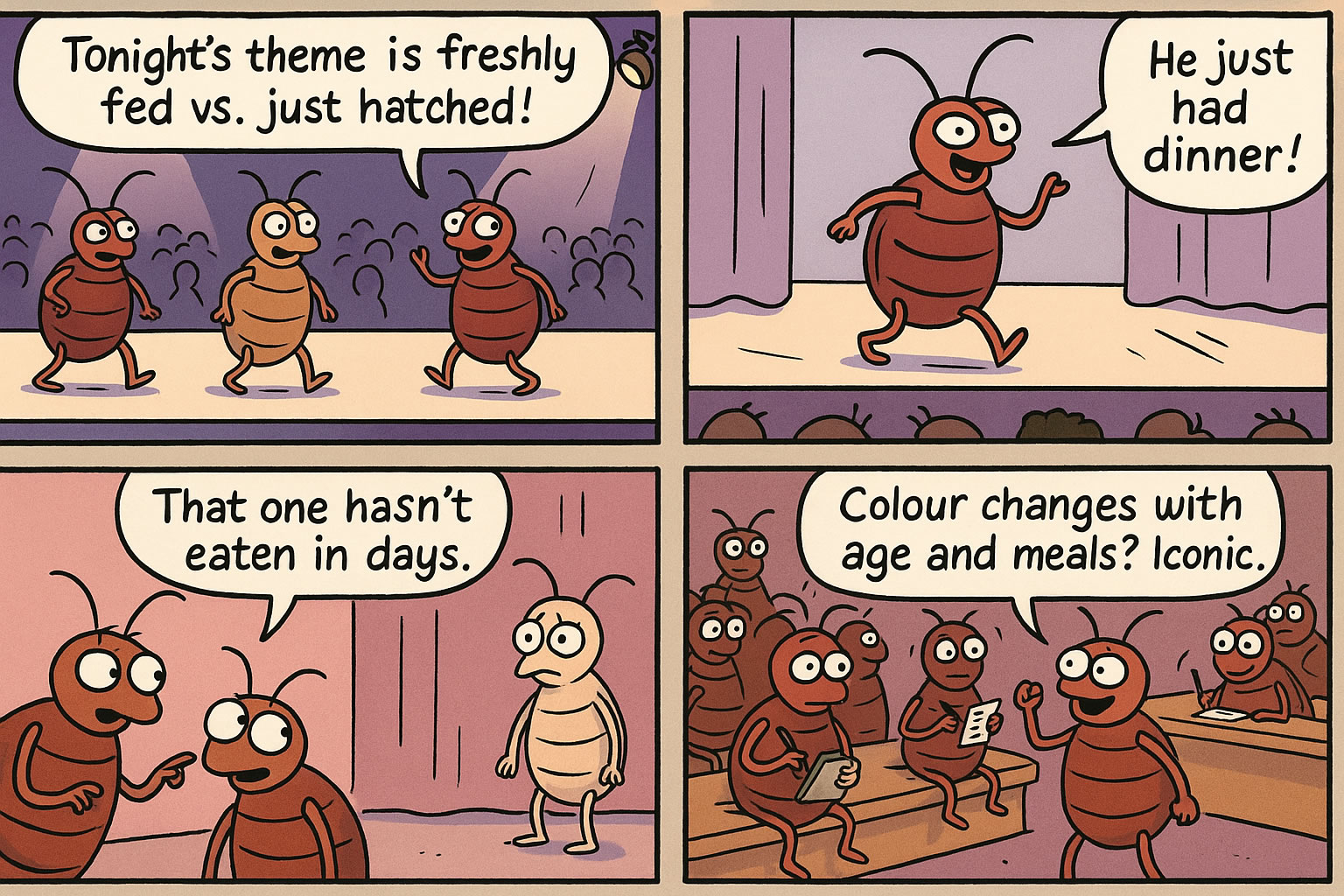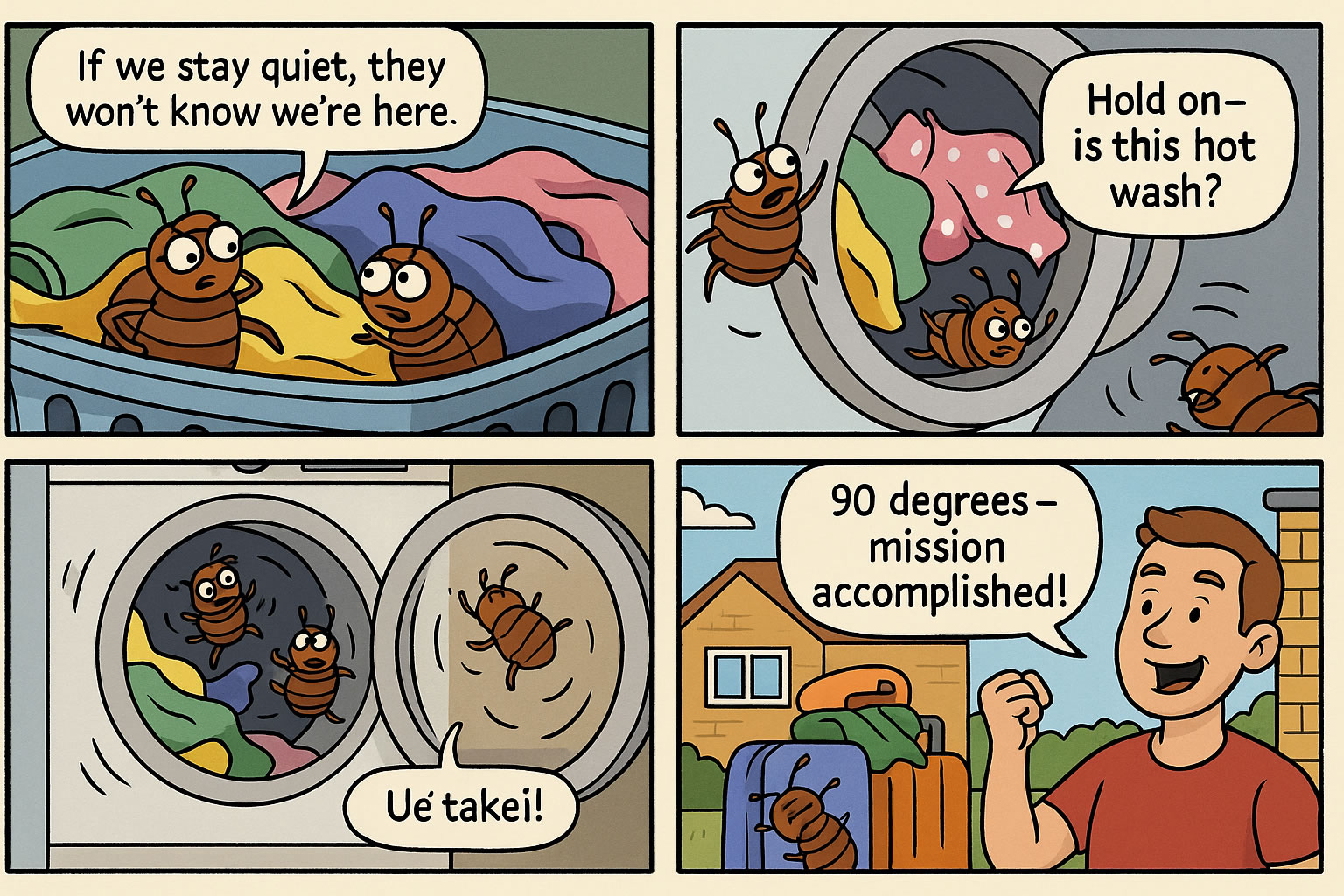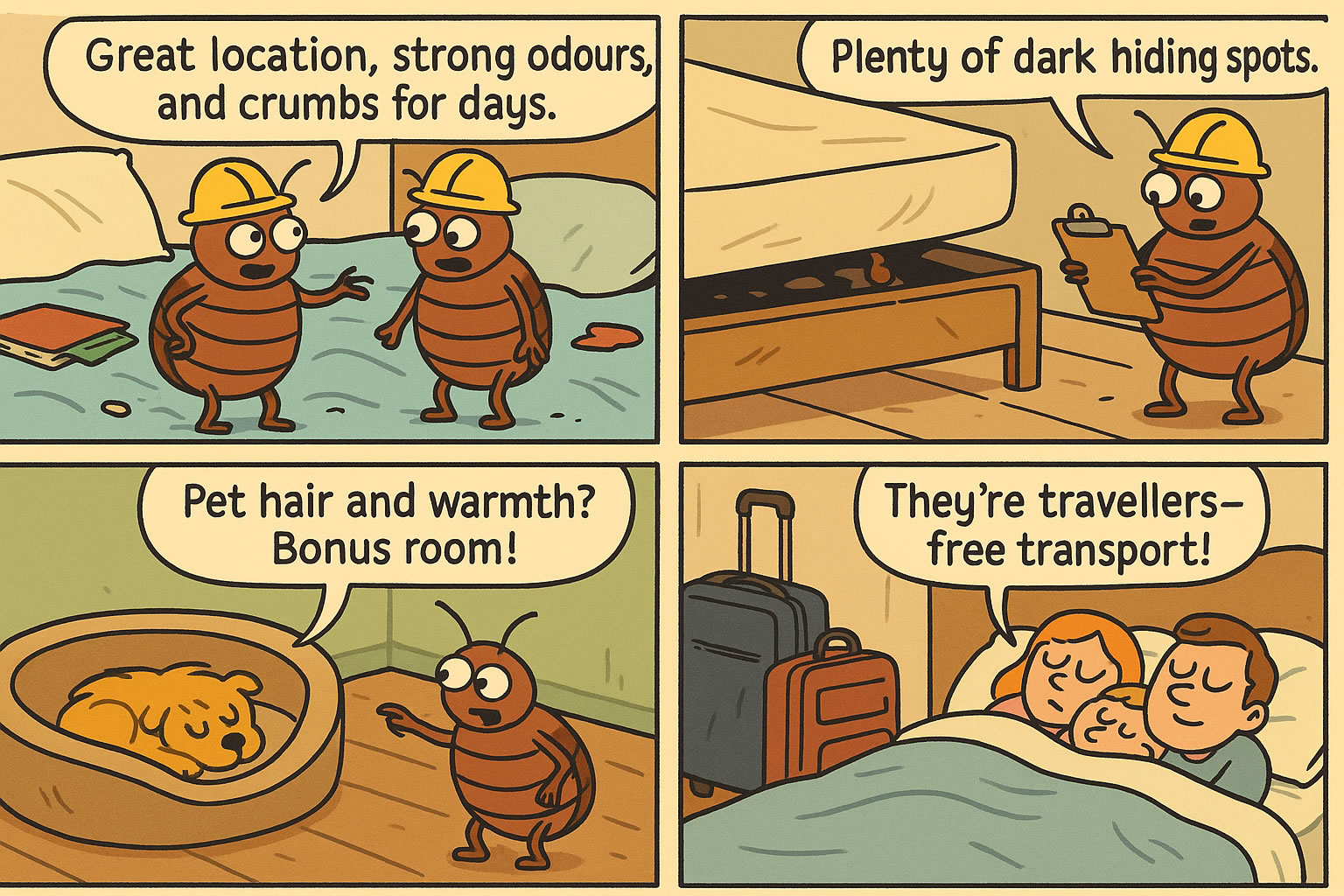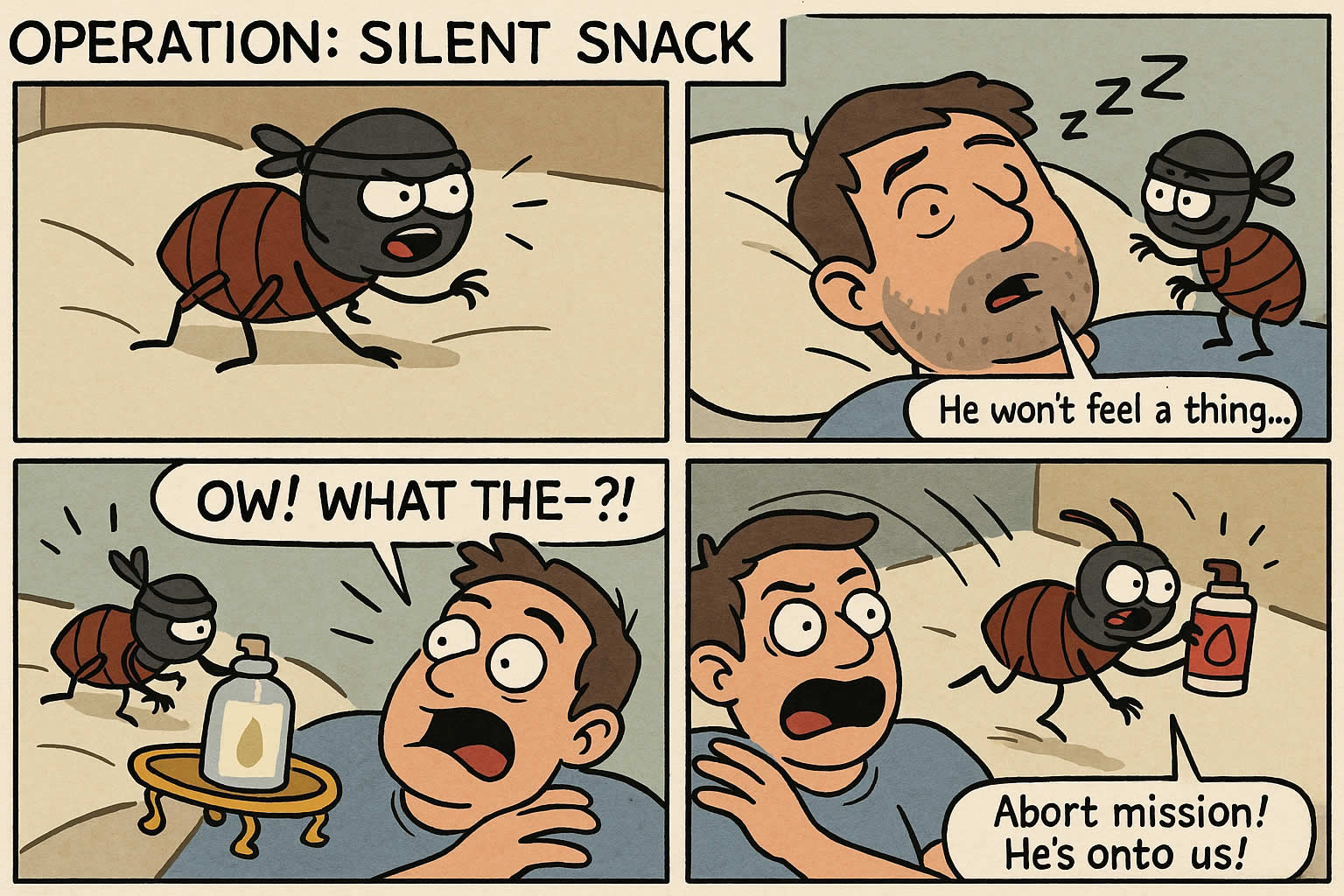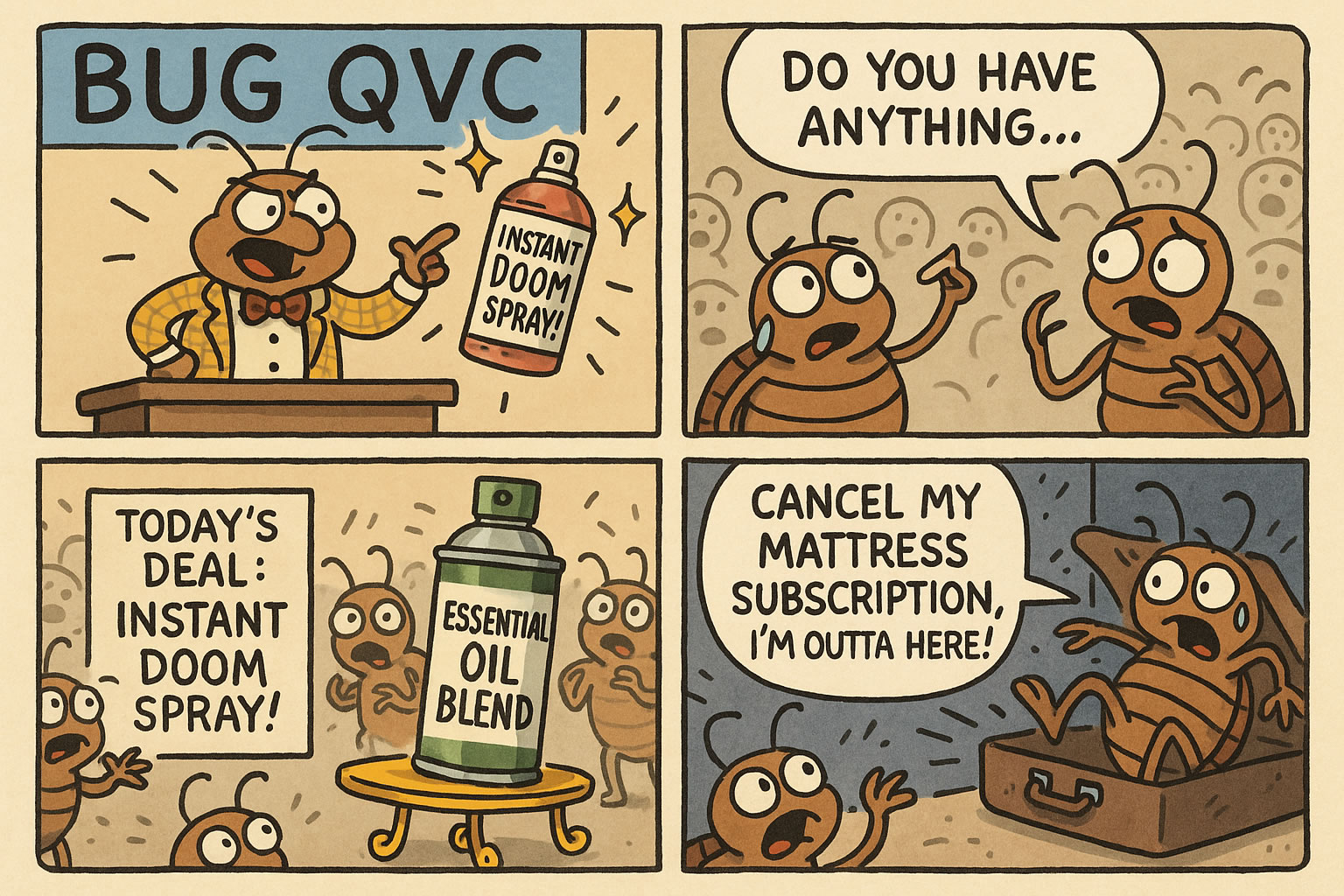Related Queries
ToggleBed bugs, those infuriating pests that plague homeowners, are notorious for their elusiveness. These minuscule creatures are masters of camouflage, making them incredibly difficult to detect and eliminate. But it’s not just their stealthy nature that makes them a nuisance; their bites can cause severe itching and discomfort, leading to sleepless nights and endless frustration.
Can You See Bed Bugs?
One of the most common questions that homeowners ask about bed bugs is whether or not these pesky critters can be seen with the naked eye. The answer is both yes and no. While adult bed bugs are visible to the naked eye, their tiny size and ability to hide in cracks and crevices can make them hard to spot. The real challenge lies in identifying their eggs and nymphs, which are much smaller and often go unnoticed.
In this comprehensive blog post, we’ll provide you with all the information you need about how to find bed bugs and their appearance. From their reddish-brown colouration to their oval-shaped bodies and flat contours, we’ll delve into the intricate details that will help you identify these unwelcome guests. So, if you’ve ever wondered what bed bugs look like and how to spot them, keep reading to become a bed bug expert in no time!
Bed bugs, those tiny, reddish-brown insects measuring about 4-5mm in length, are not only a nuisance but also masters of disguise. These flat, oval-shaped creatures with six legs and two antennae may be visible to the naked eye, but their minuscule size makes them incredibly difficult to spot. No wonder they are known as elusive nocturnal pests, lurking in the shadows and preferring snug hideouts like cracks in walls, headboards, and bed frames.
Interestingly, the appearance of bed bugs can vary depending on various factors such as age, gender, and feeding habits. Young bed bugs, also known as nymphs, are smaller and lighter in colour compared to their fully-grown counterparts. Female bed bugs that have recently fed on blood tend to appear plump and reddish-brown, while males are more elongated and sport a lighter hue.
Given their knack for stealth, to get bed bugs in your home can prove to be quite a challenge. However, there are clues that can help unveil their presence. Keep an eye out for telltale signs of their activity, such as bloodstains on bedding or furniture, shed skins, or tiny dots of black pepper-like bed bug faeces.
So, while these pesky critters can indeed be seen with the naked eye, their ability to evade detection adds an extra layer of complexity to the battle against bed bugs. It’s crucial to stay vigilant and take necessary measures to prevent and address infestations promptly.
If you check for bed bugs in your home and find you are infested, it’s essential to act quickly. Bed bugs reproduce quickly, and a small infestation can quickly turn into a significant problem. While there are DIY solutions available, such as using bed bug black lights, sprays or encasing your mattress in a bed bug cover, it’s often best to call in a professional pest control company.
What Do Bed Bugs Look Like?
What do bed bugs look like? Bed bugs, although visible to the naked eye, can be quite elusive when it comes to detecting their presence in your home. These minuscule, flat, reddish-brown insects, measuring about 4 to 5 millimetres in length, have a knack for hiding in even the tightest of crevices, such as mattress seams, furniture cracks, and electrical outlets. Their ability to conceal themselves makes it challenging to spot and eradicate them.
Therefore, if you suspect the unwelcome presence of these pests, it’s crucial to take swift and decisive action to prevent the infestation from spreading any further. Implementing thorough inspections, employing effective pest control methods, and ensuring proper sanitation practices are all essential in combating bed bugs. Being proactive and vigilant is key in maintaining a pest-free environment for you and your loved ones.
One of the best ways to get rid of bed bugs is to call in a professional pest control company. They have the expertise and equipment needed to eliminate the pest safely and effectively, ensuring that you can enjoy a bed bug-free home.
Conclusion
Yes, you can see bed bugs. Adult bed bugs are about the size of an apple seed, measuring approximately 5 to 7 millimetres in length. They have a reddish-brown colour, which may vary depending on their recent feeding activity. These tiny pests have oval-shaped bodies and are relatively flat, allowing them to easily hide in cracks and crevices. It’s worth noting that bed bugs are flightless insects, relying on crawling to move from one place to another.
Here are some signs that you may have bed bugs:
- If you notice small, itchy red bumps on your skin, especially on your arms, legs, and neck, it could be a sign of bed bug bites. These bites are usually painless at first, but they can become very itchy and bothersome over time.
- Another indication of a possible bed bug infestation is the presence of small, dark spots on your sheets or mattress. These spots are actually bed bug droppings, which can be a telltale sign of their presence.
- Additionally, if you closely inspect your mattress or bed frame, you may spot tiny, white eggs near the seams. Bed bug eggs are about the size of a pinhead and can be found in clusters. Discovering these eggs can further confirm the presence of bed bugs in your home.
- Lastly, a musty odour in your bedroom may be an indication of a bed bug infestation. This odour is caused by a pheromone that bed bugs release, and it can sometimes be described as a slightly sweet, musty smell.
If you experience any of these signs or symptoms, it is important to take prompt action to address the bed bug infestation and prevent further spread.
If you suspect that you may have bed bugs, it is crucial to reach out to a reputable pest control professional without delay. Bed bugs, notorious for their resilience and ability to quickly multiply, can pose a significant challenge when it comes to eradication. Attempting to handle the infestation on your own can often prove to be an uphill battle.
Seeking the expertise of a trained professional will ensure a thorough assessment and effective treatment, providing you with peace of mind and a bug-free environment. Don’t hesitate to take swift action to safeguard your home and well-being.
FAQs
How big are bed bugs compared to other insects?
Adult bed bugs are incredibly minuscule, typically measuring between 1 and 7 mm in length, which is approximately the same size as an apple seed. When compared to other common household insects such as cockroaches or ants, bed bugs are noticeably smaller. In fact, they are similar in size to ticks or fleas. Due to their tiny dimensions, these elusive pests can be quite challenging to detect with the naked eye.
Why are bed bugs so difficult to detect in a home?
Bed bugs are highly skilled at concealing themselves in minuscule crevices and cracks found in various pieces of furniture, floors, walls, and even cluttered areas. Their incredibly flat bodies grant them the ability to effortlessly squeeze into the tiniest of spaces, evading detection. These crafty pests are particularly active during the cover of darkness, emerging to feed and swiftly retreating back to their elusive hiding spots. Due to their diminutive size and cryptic behaviours, locating and eradicating them poses a formidable challenge for homeowners and pest control professionals alike.
What are some telltale signs that bed bugs may be present?
Signs of bed bugs can be identified through several indicators. One of these indicators is the presence of small dark spots on bedding, which are actually bed bug droppings. Additionally, individuals may experience small red itchy bites on their skin as a result of bed bug bites. Moreover, a distinct sweet and musty odour can be detected in areas infested with bed bugs. Shed skins from the moulting process are another sign to look out for.
One might also spot the bed bugs themselves crawling around or leaving behind bloodstains from being inadvertently crushed.
What is the best way to confirm you have a bed bug infestation?
The most effective and reliable method to confirm the presence of bed bugs is by engaging the services of a professional pest control inspector. These experts will conduct a meticulous examination of your sleeping areas, thoroughly inspecting for live bugs, eggs, skins, and even faecal spotting.
Additionally, canine scent-detection dogs can be employed as a valuable tool in the detection process. To further enhance the effectiveness of the inspection, sticky traps or monitors can be strategically placed to capture any bed bugs that may be present.
What is the difference in appearance between adult bed bugs and nymphs?
Nymphs, which are the juvenile form of certain insects, go through five moulting stages before reaching adulthood. During this growth process, they gradually transform in size, starting off smaller and becoming slightly larger with each stage. In terms of colouration, nymphs are often lighter in hue compared to their adult counterparts.
Speaking of adults, they are typically reddish-brown in color, resembling the size of an apple seed, and have an oval-shaped body with a flat structure. On the other hand, nymphs are much smaller, similar in size to a poppy seed, and possess a more translucent appearance.
Where are some common places that bed bugs like to hide in a home?
Mattresses and box springs are prime spots for bed bugs, particularly in the seams, tufts, and edges. However, it’s important to be aware that these pesky critters can also hide in other areas. Keep an eye out for them in headboards, bed frames, furniture cracks and joints, behind baseboards, under loose wallpaper, inside electronics, and even under carpeting near beds. Being thorough in your inspection will help ensure that you eliminate these unwelcome guests completely.
What are some effective do-it-yourself treatments for bed bugs?
Early treatment options for dealing with bed bug infestations include various methods. One approach is to start by cleaning and vacuuming the affected areas thoroughly to remove any bugs or eggs. Sealing cracks and crevices can help prevent further infestation. Another effective method is to apply steaming heat or cold treatments to kill the bugs. Additionally, targeted sprays and dust can be used in infested areas to eliminate the pests. For added protection, using mattress and pillow encasements can help trap any remaining bugs and prevent them from spreading further. In severe cases, it may be necessary to discard heavily infested furniture to completely eradicate the infestation.
When is it best to call in a professional exterminator for a bed bug infestation?
If DIY methods prove to be ineffective in controlling a bed bug infestation or if the infestation is widespread and severe, it is highly recommended to seek professional pest control services. Professional pest control experts possess specialised tools, potent insecticides, and advanced techniques that are specifically designed to eliminate bed bugs efficiently and effectively. Moreover, their comprehensive training enables them to prevent the further spread of bed bugs to other rooms or units, ensuring a thorough eradication of the infestation.
How quickly can a small bed bug infestation turn into a big problem?
Bed bugs, notorious for their rapid reproduction, possess a remarkable ability to multiply at an astonishing rate. With females capable of laying up to 5 eggs per day and over 500 throughout their lifetime, it’s no wonder that a minor bed bug presence can rapidly transform into a full-blown infestation teeming with thousands of these resilient creatures. This emphasises the critical importance of early inspection and prompt treatment to curb their proliferation and prevent a nightmarish situation from unfolding.
What kind of bites and skin reactions can bed bug bites cause?
Bed bug bites often manifest as small, red, raised bumps or welts in distinctive zigzag lines or clustered patterns on the skin. They can cause significant itchiness and inflammation. Interestingly, reactions to these bites can vary from person to person, with some individuals initially showing no immediate response while others may experience intense itching or even allergic reactions. Fortunately, there are anti-itch creams available that can effectively alleviate the discomfort associated with these bites.
Hiring a Pest Control Expert
Hiring a pest control expert can be the key to a peaceful, bug-free home, especially when dealing with stubborn infestations like bed bugs.
These tiny, reddish-brown pests are notorious for their ability to hide in the smallest cracks and crevices, making them incredibly difficult to detect and exterminate using DIY methods.
Are you looking for pest control in Dorset? Get in touch with us and a local pest removal company will be in touch.
Their bites can cause discomfort and itchy welts, disrupting sleep and creating ongoing frustration. While it may be tempting to try home remedies such as sprays or mattress covers, bed bugs reproduce quickly, and a small problem can escalate into a full-blown infestation in no time.
Professional pest control specialists have the expertise, tools, and treatments needed to efficiently eliminate the pests and prevent their return. By turning to a trained expert, you can regain control of your home and ensure a safe and bug-free environment for you and your family. Don’t leave your comfort and well-being to chance—act swiftly and call in the professionals.
Pest Control Eastcotts – Pest Control Pegsdon – Pest Control Budna
